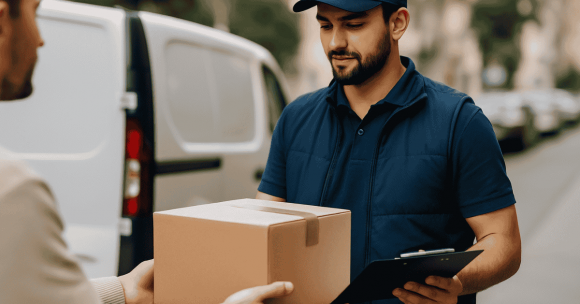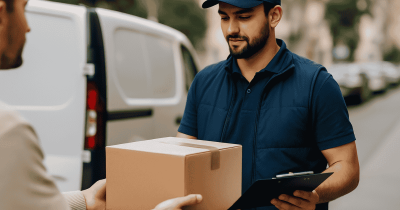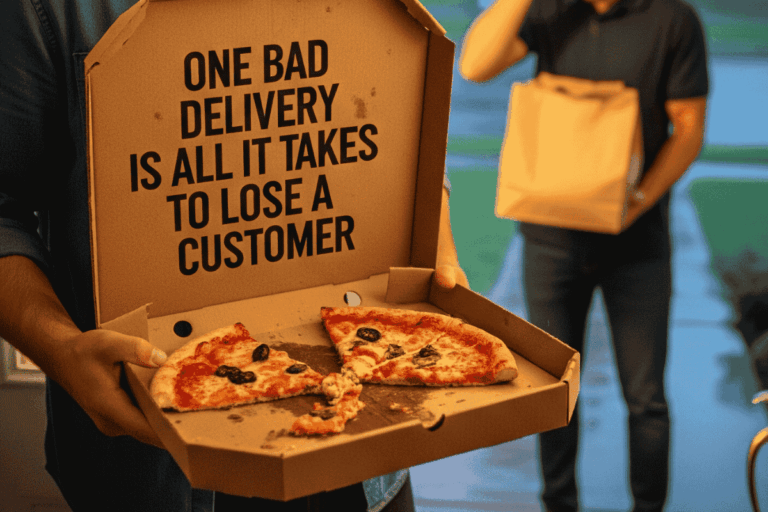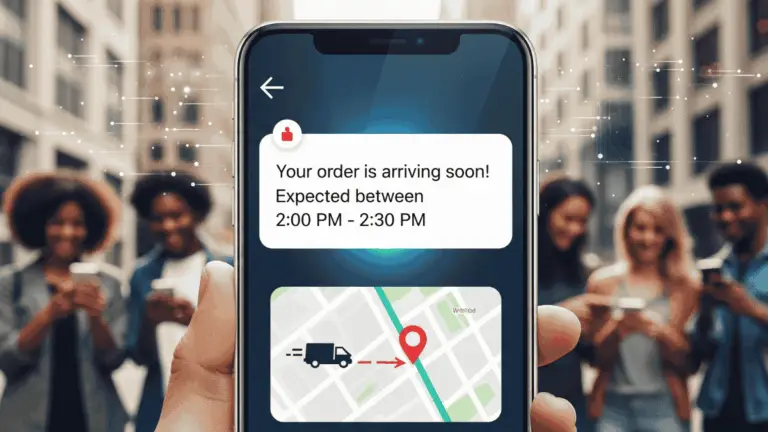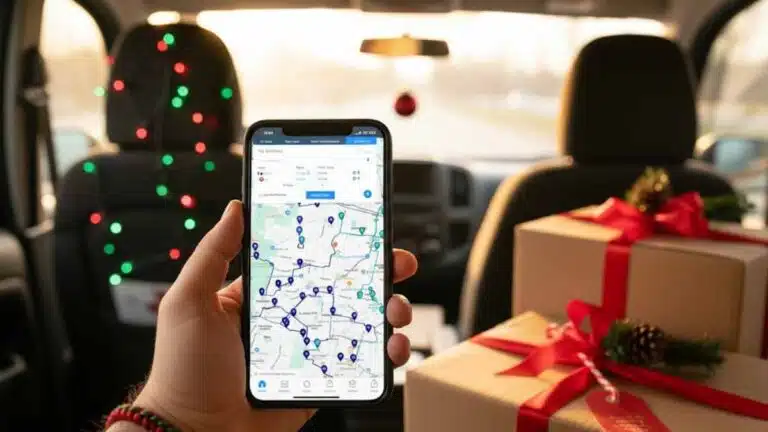Picking the right delivery management software can be tricky. There are plenty options out there, with different features for different types of businesses.
The hard part is finding delivery management software that actually works for your business, your team, and your budget.
If your operations are growing, or you’re dealing with too many missed deliveries and angry customers, it’s time to get serious about your tech stack.
Choosing the right delivery management software
But before you jump in, let’s break down what really matters when choosing the right delivery management software for you.
We’ll look at analyzing your business needs, software integrations, usability, customer expectations, and what to look for in the top players.
1. Start with your business needs
What works for a 3-van courier service might not work for a national furniture retailer. So don’t start by looking at software features. Instead, analyze your own needs.
Ask yourself:
- Do you need tracking or route optimization?
- How many deliveries are you dropping off each day?
- Are you offering same-day delivery or next-day delivery?
- Do you need proof of delivery and/or customer ETA notifications?
- Is your team mostly on the road, or working from a central dispatch point?
Answering these questions gives you a baseline. From there, you can figure out which platforms actually solve your problems.
2. Integration shouldn’t be a nightmare
You shouldn’t have to rebuild your entire business just to add a delivery tool. Good delivery management software should be able to adapt to you.
You’ll need a system that easily slots into your existing setup, regardless of whether it’s your e-commerce platform, ERP system, or your booking software.
Look for one with flexible API support or existing integrations with tools like Shopify, Salesforce, NetSuite, or whatever stack you’re already running.
This saves time and avoids tech headaches later. Trust us on this!
3. Make sure it’s easy to use
Ready for an uncomfortable truth? If your drivers, dispatchers and office staff hate using the app, they won’t use it properly. Maybe not even at all.
That’s why user experience matters. You want a clean, simple interface with clear buttons and workflows. Something that is easy to learn and easier to use.
Drivers should be able to complete a job without tapping through 10 different screens. Dispatchers should be able to reroute or assign jobs without needing IT help. Office staff should be able to access records when they need it.
Bonus points if training takes less than an hour.
4. Consider customer expectations
Customers don’t want anything interfering with their deliveries, and they definitely don’t want to be left in the dark either.
They want accurate ETAs, live tracking, and the assurance of proof of delivery, knowing there’s a trail in case something goes wrong.
So ask yourself, can the software:
- Show customers a live tracking map?
- Send real-time updates via SMS or email?
- Provide proof of delivery with photos and signatures?
If it doesn’t do all that, you’re setting your customer service team up for failure.
5. Compare the top players
Let’s look at some of the top software on the market and what makes each one different.
Locate2u is a great fit for small to medium-sized businesses that want to manage their fleet, improve delivery efficiency, and reduce customer complaints.
What makes Locate2u stand out?
- Route optimization that adjusts automatically based on traffic or delays.
- Real-time tracking so customers can follow their delivery on a live map.
- Driver-friendly app with proof of delivery (photo, signature capture).
- Integration-ready with Shopify, WooCommerce, and other systems.
- Geofencing tools and live ETA updates to improve transparency.
Whether you’re delivering furniture, food, or e-commerce packages, Locate2u helps tighten up your process.
Other tools you might hear about:
- Onfleet: Great for larger teams, but can be pricey.
- Bringg: Built for enterprises that have slightly-more-complex logistics needs.
- Circuit: Good for small teams, but has fewer advanced features.
- Shipday: Simple and affordable, but lacks real-time optimization.
Bringg, Onfleet, Circuit and Shipday all work for certain use cases. Locate2u, on the other hand, hits the sweet spot for businesses that want advanced features without the enterprise price tag.
So, which delivery management software to choose?
Choosing delivery software can easily turn into a merely-checking-the-boxes exercise if you’re not careful. You should instead be focusing on how it could solve real problems.
Like late arrivals, delivery windows that constantly change, inefficient routes, cutting down on fuel wastage, how to keep customers happy, and so forth.
So take your time. Ask the right questions. And then pick a system that grows with your business, not one that slows it down.
About the author
Cheryl has contributed to various international publications, with a fervor for data and technology. She explores the intersection of emerging tech trends with logistics, focusing on how digital innovations are reshaping industries on a global scale. When she's not dissecting the latest developments in AI-driven innovation and digital solutions, Cheryl can be found gaming, kickboxing, or navigating the novel niches of consumer gadgetry.

